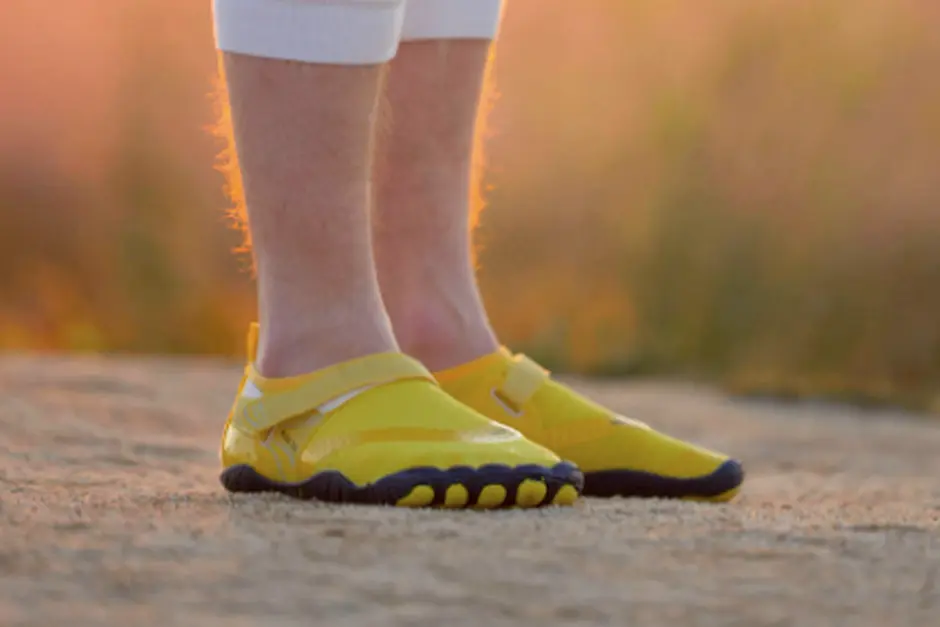
Embracing Natural Movement: The Advantages of Barefoot Running Shoes
Ditch the heavy, stiff sneakers and step into the liberating world of barefoot running shoes. Discover how embracing the natural movement can revolutionize your running experience, increase your connection to the ground, and potentially reduce injury.
The Philosophy Behind Barefoot Running Shoes
At the core of barefoot running is a philosophy that strives to restore the natural movement patterns our ancestors used long before the invention of modern footwear. Proponents of barefoot running believe that many of the injuries associated with running are actually the result of overly cushioned and unnaturally shaped shoes. By stripping down to minimalistic barefoot running shoes, runners hope to retrain their bodies to move as nature intended, reducing reliance on artificial support and improving overall foot health.
This philosophy doesn’t just challenge traditional running shoe designs; it calls into question how we perceive movement and health. Barefoot runners often report a more intimate connection with their environment, experiencing textures, temperatures, and terrains that conventional shoes block out. It’s a holistic approach to running that integrates the body with its surroundings, fostering mindfulness and presence with every step.
How Barefoot Running Shoes Mimic Natural Movement
Barefoot running shoes are ingeniously designed to mimic the sensation of running unshod while providing minimal protection against hazards. These shoes are typically characterized by their thin, flexible soles that allow the foot to bend and move freely. This natural flexibility helps to activate the smaller muscles in the feet and lower legs, improving balance and proprioception. Moreover, the wide toe boxes enable toes to spread as if they were barefoot, strengthening foot muscles and decreasing the risk of injuries like hammertoe and bunions.
The Health Benefits of Running Barefoot
Switching to barefoot running shoes has been linked to numerous health benefits, including enhanced foot biomechanics and reduced injury rates. Without the artificial arch support and heel elevation found in traditional running shoes, runners must adopt a more natural forefoot or midfoot strike. This adjustment can lead to a decrease in impact forces on the legs and lower back, mitigating common running-related injuries. Additionally, the strengthened foot and ankle muscles contribute to improved posture and stability, not only during running but in everyday movements as well.
Transitioning to Barefoot Running: Tips and Tricks
Adopting barefoot running requires a thoughtful and gradual transition to avoid injury and allow the body time to adapt to a new way of moving. Start by incorporating barefoot exercises into your routine to strengthen the feet. Gradually, introduce short runs with barefoot running shoes, increasing distance and intensity slowly over time. Listening to your body is crucial; if you experience pain, scale back and progress at a more comfortable pace. Patience and persistence are key to a successful transition.
Additionally, running technique adjustments are essential. Barefoot running promotes a lighter, more natural gait with quicker, shorter strides. Runners should focus on landing softly on the forefoot or midfoot, avoiding the heel strike that is common with traditional running shoes. This technique encourages a more efficient and injury-free running form.
Choosing the Right Barefoot Running Shoes for You
Selecting the right barefoot running shoe is crucial for a comfortable and successful barefoot running experience. Look for shoes that offer a zero-drop from heel to toe, simulating the flatness of the foot’s natural position. The soles should be thin and flexible, with enough room in the toe box to allow your toes to spread. It’s also important to consider the type of terrain you’ll be running on; some shoes offer more grip or protection for rugged trails, while others are suited for urban environments. Trying on multiple brands and styles can help you find the perfect fit for your unique foot shape and running needs.
The Road Less Padded: A Conclusion
Switching to barefoot running shoes is more than just a change in footwear; it’s a journey back to the natural essence of running. Embracing this minimalist approach can lead to a stronger, healthier, and more intuitive running experience. As you adapt, you’ll find yourself not just running, but moving through the world with a new sense of freedom and connection.
- Choosing a selection results in a full page refresh.
!
















































